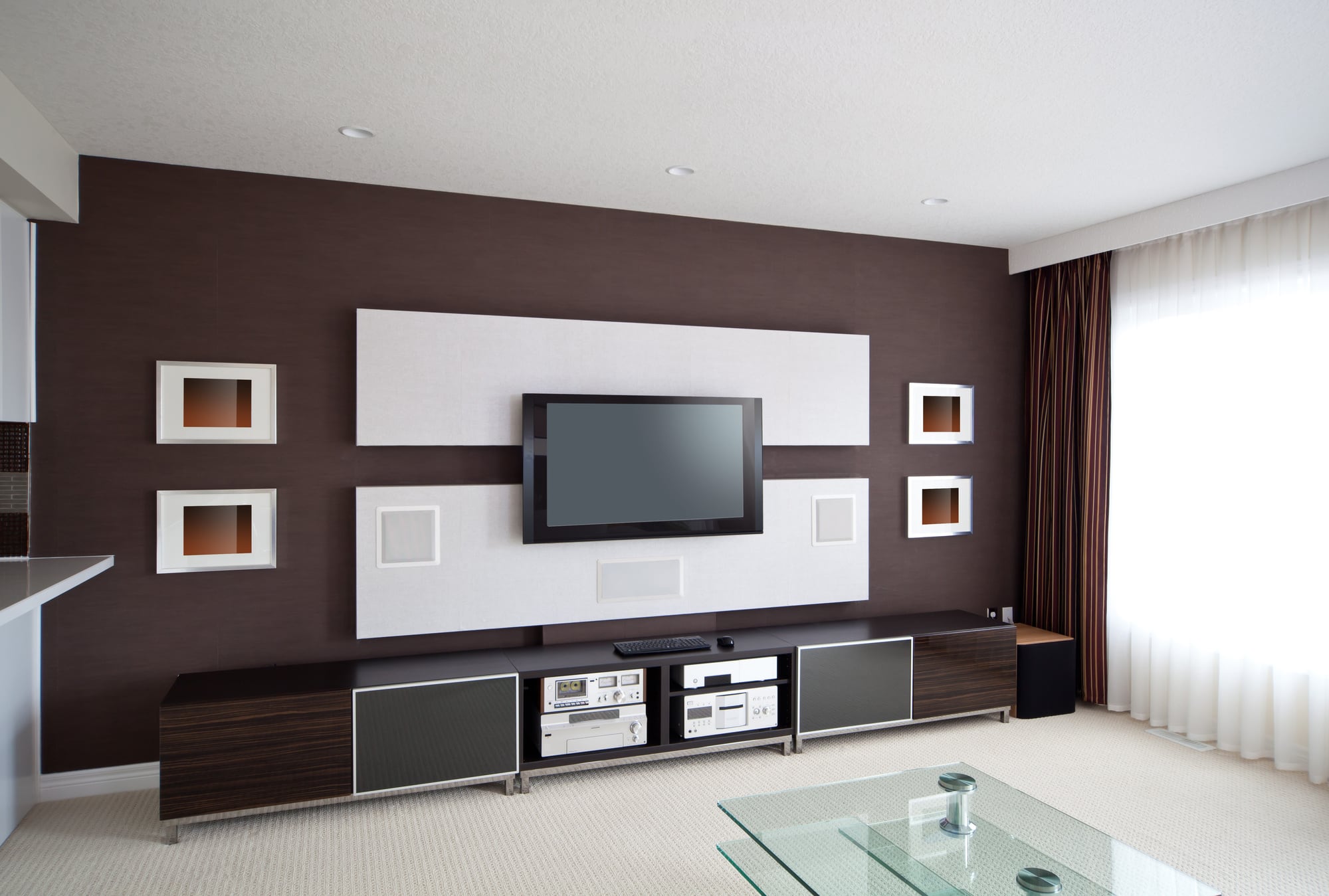Did you know the microphone was invented in 1876? Since the invention of audio-visual systems, they’ve become significantly more complex and difficult to install. How can a beginner navigate audio-visual systems installations?
If you’re looking into a home theatre installation, security camera installation, or anything similar, we’re here to help. Read on to learn more about how to install an audio-visual system.
What Is Considered Audio Equipment?
To start, what equipment is considered audio equipment? While setting up your devices, it’s crucial to know what you’re working with. Structured cabling installation is rigid and needs to be correct, so not knowing your equipment is a massive detriment.
Audio equipment, as you suspect, is equipment related to the sound of your setup. Microphones, speakers, and similar devices all count as audio equipment.
Things that alter audio are also included. Amplifiers, mixers, subwoofers, and similar devices would fit in this category.
What Is Considered Video Equipment?
Knowing that audio equipment deals with sound, it’s easy to guess that visual equipment is the visuals of your setup. Typically, video equipment is easy to identify.
Video equipment is anything related to the display, such as screens or monitors. In many home theaters, the projector or the projection screen will be the core of your video equipment.
Other video equipment includes lights, cameras, and similar devices. If you’re installing AV equipment for security, security cameras are the core of your equipment.
In short, identifying your audio and visual equipment is key to your AV installation. Make sure you know what’s being installed and where before you begin.
Making the Most of Your Options
Now that we know what equipment is what, you should know what options you have. There’s some equipment that you can’t skip. An audio system must have sound output and a visual system must have display output by definition.
But what are your other options? You should look into what your installation project is before deciding.
For example, a home theater focuses on rich audio for an immersive experience. As such, you should know what you can do to improve the sound beyond the basics.
Many installation services may include soundproof foam or acoustic foam. These installations can help improve your sound and enhance the acoustics. Soundproofing can help prevent your home theater from being too loud from the outside.
You also may have options like a clearer, crisper display or richer subwoofers. Look into your project and see what you’re able to accommodate. If you find your system lacking in the future, you can always make improvements!
Other systems, like home security, may offer improvements beyond the basic. Higher-resolution cameras or microphones with a higher fidelity can enhance your system.
Another situation you may find yourself in is during a presentation or conference. Many companies will install an audio-visual system to help improve presentations.
You may find yourself focusing on audio equipment in this situation, especially if you’re speaking to a crowd. Better audio equipment will help voices carry and improve communication.
Overall, there are plenty of ways that you can customize your AV equipment. Think about the situation you’ll be in and what would best fit your needs. A professional audio-visual installation team can meet your desires.
How to Install
There’s no single way to install an entire system. These systems are complex and your installation will vary depending on what you’re installing.
If your system is simple, your best starting point is the manuals that came with your equipment. A single microphone or speaker system isn’t too daunting to set up. For more complex situations, consider the following steps.
Plan Thoroughly
If you’re installing a large project, such as a home theater, you can’t wing it. Instead, you’ll need to treat the project like any renovation. You wouldn’t begin pulling cabinets out of your kitchen without a blueprint, so why do such a thing here?
Make a detailed plan on what you intend to place and where. Know where you’re going to run the cables, what equipment will go where, and so on.
Follow this blueprint, but don’t be afraid to change it as the project continues. You may find that some of your plans need to change as you go through. Consider changes carefully and do your best to stick to your plans.
Manage Cables
With any electronics installation, cable management is crucial. Well-managed cables are easy to follow, tidy, and out of the way. Good management will then keep the area clear and aesthetically pleasing, and make following cables simple.
Poor cable management can provide a tripping hazard. The cords will also likely be difficult to follow when you need to make changes.
A jumbled nest of cables also can impact the appearance of your system. If you’re giving a professional presentation, this makes you appear untidy and careless. If this is a home theater, the cables will distract from your displays.
Consider Professional Help
As a whole, even a simple security camera installation is daunting for some. There’s no reason that you should have to complete these tasks alone. Instead, consider bringing in professional help.
Professional audio-visual teams can help install your AV equipment with ease. These professionals know how the equipment works and can manage the task without difficulty.
Make sure that you’re seeking professionals that relate to your project. A security camera installation team is best for your security needs. Likewise, entertainment system teams are best for your home theater.
Overall, hiring professionals can help minimize the risk of damaging equipment. They also will make the situation less stressful for you.
The Basics of Audio-Visual Systems Installations
Audio-visual systems installations are complex yet rewarding tasks that can enhance your area. Whether you’re installing a new security system for safety or a home theater for entertainment, the right equipment is crucial. Consider hiring professionals to make the job quick and easy.
For more information on installing your audio-visual equipment, be sure to contact us!






